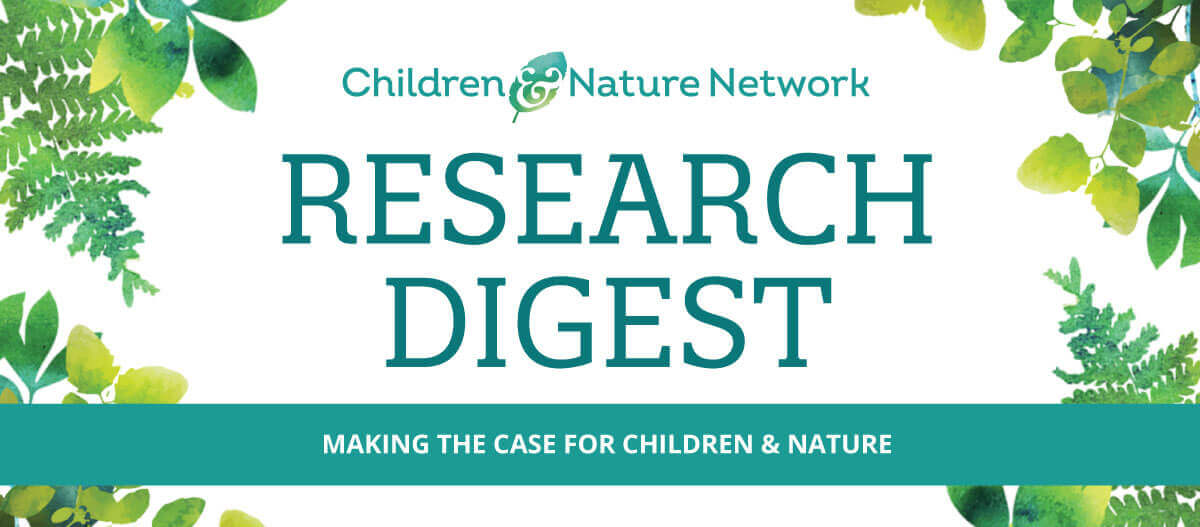Expanding Opportunities for Children’s Participation
The perspectives of children and youth are rarely incorporated into program design or environmental planning processes, even when it’s an environment designed for them, such as a green schoolyard, or concerns an issue they are set to inherit, such as climate change. Ranging from theoretical to practical, the studies in this section call for expanding opportunities for children’s meaningful involvement and provide insight into participatory methods that engage children as competent contributors and decision-makers.
Participatory urban planning should encourage young people’s action that is grounded in their “experiential lifeworlds”
Researchers in Sweden reviewed 44 studies of participatory approaches used with young people (age 8-25 years) in urban landscape planning. The review identified a prevalence of less interactive participatory methodologies that have limited opportunities for youth to draw on lived experiences or produce action. The study highlights the need for increased utilization of more interactive participatory methods which engage youth’s experiential understandings in transforming urban landscapes.
Hagemann, Sang & Randrup, 2024. Young people’s participation in urban landscape planning and transformation: a scoping review of interactive approaches.
Access Study
A participatory approach to youth involvement can promote development of youth-enabling environments
This conceptual paper proposes combining an affordance-capability approach and participatory action research to involve youth in the development of “youth-enabling” environments that enhance well-being and positive growth. Community planning based on the proposed approach focuses on the relationship between youth and community spaces and honors the capabilities and desires of youth, as well as their right to participate.
Jaffe & Loebach, 2024. Fostering youth-enabling environments: A participatory affordance-capability framework for the development and use of youth-engaged environmental assessments.
Access Study
An “impactful co-design” framework may be helpful in engaging children in the design of health-promoting communities
Ten adults experienced in co-design with children (age 5–13) in New Zealand shared insights to identify practices important for actualizing children’s ideas in creating health-promoting local environments. Findings enabled the development of a framework for “impactful co-design” that empowers children, along with a practical checklist for adult decision-makers facilitating co-design with children.
Williams et al., 2024. Impactful co-design: Adult decision-makers’ perspectives on actualising children’s ideas for health-promoting neighbourhoods in Aotearoa New Zealand.
Access Study
Children would benefit from expanded opportunities for participation in the development of green schoolyards
Researchers in Spain analyzed 108 articles and interviewed five key informants to examine the governance configurations of green schoolyards, including policy, stakeholder roles, and participation processes. Findings highlight several challenges, including children’s limited involvement in decision-making. The study calls for greater prioritization of equity and justice as well as increased children’s participation, among several other key recommendations.
Sekulova & Mallén, 2024. The governance configurations of green schoolyards.
Access Study
Providing innovative and participatory approaches for climate change education can empower children and young people
This systematic review of 220 studies, mostly conducted in the U.S., examined the existing literature on climate change education for children and young people. Findings indicate that while formal educational approaches are most prevalent in climate change education, evidence suggests that creative, participatory approaches may be more effective in empowering children and moving them to action and advocacy.
Rousell & Cutter-Mackenzie-Knowles, 2020. A systematic review of climate change education: giving children and young people a ‘voice’ and a ‘hand’ in redressing climate change.
Access Study





